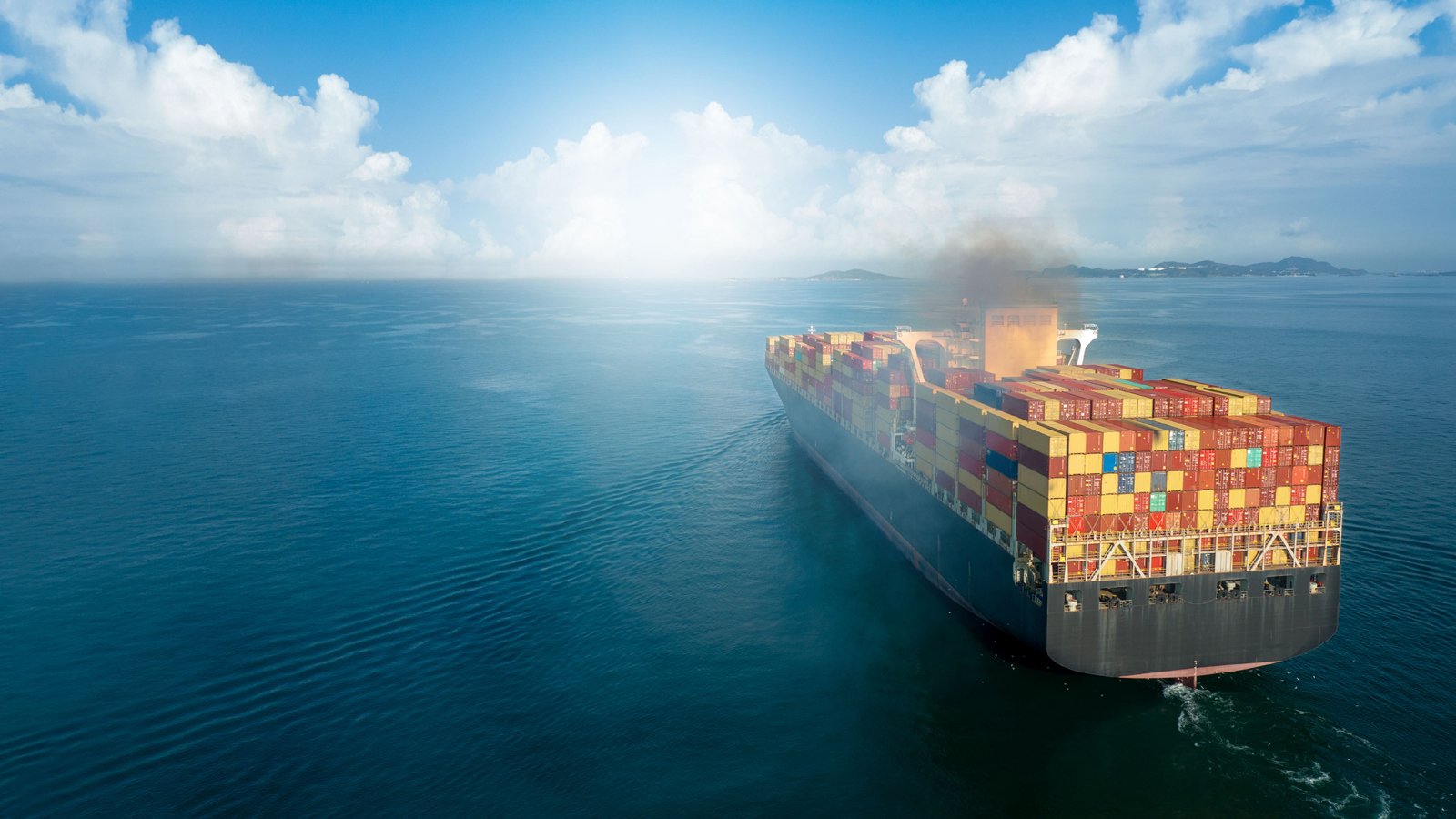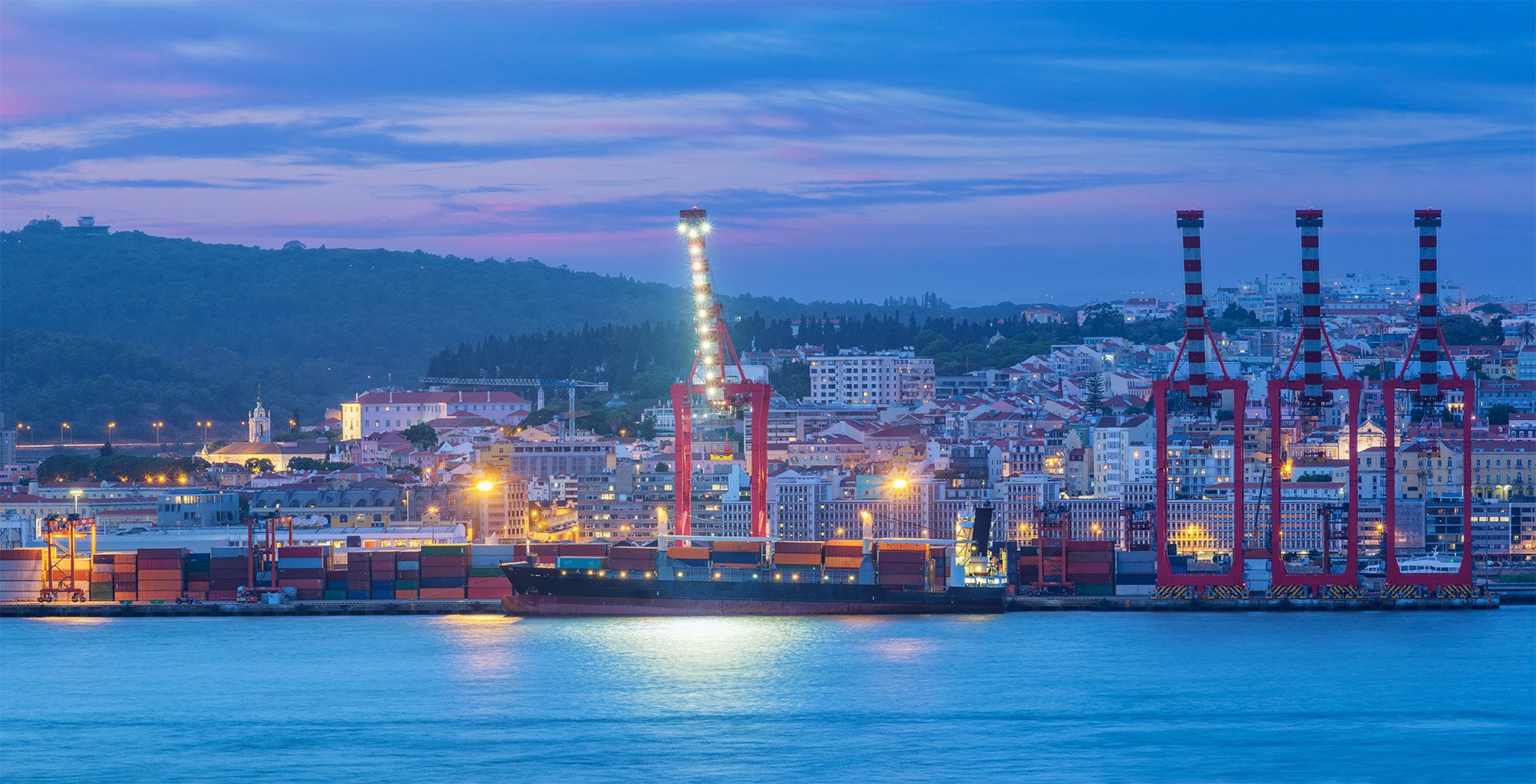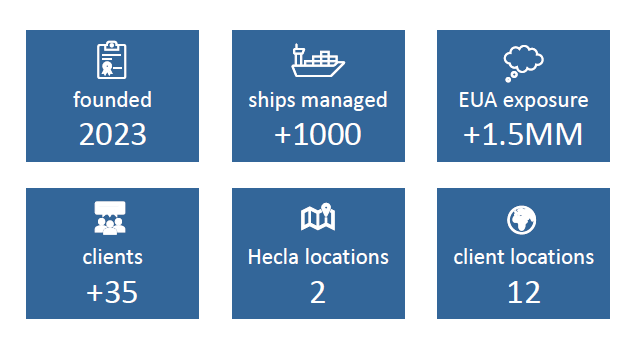Navigating EU ETS Compliance with Hecla Emissions Management

Wilhelmsen insights
|
Wilhelmsen Ship Management
The European Union Emissions Trading System (EU ETS) has expanded to include the maritime sector, imposing compliance obligations related to emissions on shipping companies. Shipping companies face new compliance obligations related to emissions. Hecla Emissions Management offers tailored services to assist shipowners, managers, and operators manage emissions monitoring, reporting, and allowance surrendering requirements. Their expertise includes handling verified emissions data, providing commercial advice, and ensuring smooth compliance with the EU ETS mandate. By simplifying the maritime compliance journey, Hecla helps future-proof operations in the era of decarbonization.
The European Union Emissions Trading System (EU ETS) has long been a cornerstone of the EU’s efforts to combat climate change. Initially focused on industries such as power generation and heavy manufacturing, it has now expanded to include the maritime sector.
The EU ETS is a cap-and-trade system designed to reduce greenhouse gas emissions. Under this system, companies must hold emission allowances corresponding to their permitted emission levels. If a company exceeds its permitted emission levels, it must purchase additional allowances or face penalties. The EU ETS encourages businesses to adopt cleaner practices by reducing their emissions.
The extension of the EU ETS to shipping represents a crucial step in addressing emissions from maritime transport. Ships are responsible for a significant share of global emissions, and their inclusion in the trading system aims to promote sustainability within the industry. Shipowners, managers, and operators now face new compliance obligations related to emissions monitoring, reporting, and allowance surrendering.
Overview of the EU ETS
The European Union Emissions Trading System (EU ETS) is the EU's policy to combat climate change and reduce greenhouse gas emissions cost-effectively. Launched in 2005, it is the world's first and largest carbon market. The system operates on a cap-and-trade principle, setting a cap on the total amount of certain greenhouse gases that installations covered by the system can emit. Within this cap, companies receive or buy emission allowances, which they can trade with one another as needed. The cap is reduced over time, ensuring that total emissions fall.
The EU ETS has progressively expanded its scope to include more sectors, including maritime, reflecting the EU's commitment to tackling emissions from all major sources. Shipping is a significant contributor to global greenhouse gas emissions, and its inclusion in the EU ETS marks a crucial step in the EU's strategy to achieve climate neutrality by 2050.
With the inclusion of the shipping industry in the EU ETS, shipowners, managers, and operators face new responsibilities:
- Emissions Monitoring and Reporting: Ships over 5,000 gross tonnages calling at EU ports must monitor and annual report their CO2 emissions, fuel consumption, and distance traveled. This data is crucial for calculating the number of allowances each ship must surrender.
- Allowance Surrendering: Shipowners must surrender a corresponding number of emission allowances annually based on their reported emissions. Failure to do so can result in substantial fines and other penalties.
- Compliance with Evolving Regulations: The regulatory landscape for emissions is dynamic, with frequent updates and new requirements. Shipowners must stay informed and adapt to these changes to ensure compliance. This includes investing in emission reduction technologies, optimizing routes and operations.
Operation of the EU ETS
Mechanism: Releasing Allowances and Purchase Requirements
The EU Emissions Trading System (EU ETS) operates through a well-defined cap-and-trade mechanism designed to limit greenhouse gas emissions cost-effectively. Here’s how it works:
- Releasing Allowances: Companies covered by the system must acquire a fixed number of emission allowances. These allowances, representing the right to emit one tonne of CO2 (or equivalent), are allocated based on historical emissions data and sector-specific benchmarks.
- Purchase Requirements: Companies are required to hold enough allowances to cover their emissions. At the end of each compliance year, they must surrender allowances equivalent to their verified emissions. If a company’s emissions exceed its allocated allowances, it must purchase additional allowances from the market.
- Trading Allowances: The flexibility of the EU ETS lies in its trading mechanism. Companies can buy and sell allowances on the carbon market. This creates an economic incentive for companies to reduce their emissions: those who can do so at lower costs can sell their surplus allowances or save them for future use.

Impact: Diminishing Allowances and Emissions Reduction Efforts
The EU ETS is designed to progressively reduce emissions across covered sectors through a gradually decreasing cap:
- Declining Emissions Cap: The total number of allowances is reduced over time, ensuring a steady decline in permissible emissions. This creates a long-term price signal for carbon, encouraging companies to innovate and invest in cleaner technologies.
- Encouraging Cleaner Practices: As the cap tightens, the cost of allowances typically increases, making it more expensive to emit greenhouse gases. This financial pressure motivates companies to adopt more sustainable practices and improve energy efficiency.
- Investment in Emission-Reducing Technologies: Companies are driven to invest in new technologies and processes that lower their carbon footprint to meet the declining cap. This includes upgrading equipment, switching to low-carbon fuels, and improving operational efficiency.
- Impact on the Maritime Industry: The inclusion of the maritime sector aims to reduce the substantial emissions from shipping, promoting more sustainable shipping technologies and more efficient fuel use. (Source: https://www.cleanenergywire.org)
Challenges for Shipping
Cost Challenges
- Carbon Allowances: Within the EU ETS framework, managing carbon allowances, which represent permissible emission levels, is essential. Balancing compliance with cost-effectiveness is crucial. As the cap on emissions tightens and the cost of allowances rises, financial pressure increases to either reduce emissions or purchase additional allowances from the market. However, shipowners are not always responsible for acquiring these allowances—this responsibility can fall to charterers. Therefore, keeping track of who is responsible for what, as well as monitoring this throughout the year, is a big focus.
- Technology Scarcity: Transitioning to cleaner technologies, such as low-carbon fuels or alternative propulsion systems, is a significant challenge due to the high costs and limited availability of effective solutions. Many innovative technologies are still in the development or early deployment stages, making it difficult for shipowners to adopt them at scale. This scarcity of readily available, cost-effective options hinders achieving substantial emissions reductions.
Industry Structure Challenges
- Decentralization: The shipping industry is inherently global and highly decentralized, involving various stakeholders, vessel types, and routes. This complexity makes coordinating emissions reduction efforts particularly challenging.
- Regulatory Challenges: Navigating the evolving regulatory landscape is another significant hurdle for the shipping industry. Shipowners must adapt to EU-level and international regulations, frequently updated to reflect new environmental goals and technological advancements. Compliance with varying standards, reporting requirements, and enforcement mechanisms can be daunting, requiring significant administrative effort and resources.
Hecla Emissions Management Initiative:
Hecla Emissions Management is a collaborative effort between Wilhelmsen Ship Management and Affinity Shipping. This initiative aims to support shipowners, managers, and operators in navigating the complexities of emissions compliance within the EU Emissions Trading System (EU ETS). By combining the expertise and resources of two leading maritime service providers, Hecla offers comprehensive solutions to address the challenges posed by the inclusion of the shipping industry in the EU ETS.

Services Offered
Hecla provides tailored services to ensure seamless compliance with EU ETS requirements. This includes:
- Handlng of Verified Data: We integrate with 3rd party verifiers for emissions data. This data is then securely provided to a private Hecla-powered Emissions Management digital platform that is bespoke for customers.
- Registry Account Management: We ensure reliable and legally compliant registry account management and facilitate all account activities to guarantee transfer transactions.
- Procurement of Allowances: We provide continuous support in accessing the complex and volatile compliance markets for buying and selling EUAs.
- Annual Surrendering: We safeguard the annual surrendering process to match verified MRV emissions with registry holdings to avoid the risk of legal ramifications and fines.
- Commercial Advice: We provide bespoke, commercial advice to integrate the complexities of the EU ETS into your business model and successfully manage compliance obligations
The maritime industry’s transition toward sustainability hinges on tailored compliance strategies. Hecla Emissions Management stands out for its comprehensive approach, bridging carbon trading expertise with technical management.